Storytelling Through Photography: How to Immerse Your Audience in the Moment.
A behind-the-scenes look at capturing place and presence through your lens and how to go beyond the hero shot to build a more meaningful narrative.
If you want to stand out as a photographer then you need to understand the importance and framework of storytelling.
Early in my career, I was fixated on only chasing the ‘hero’ AKA ‘banger’ shots and as a result, I often overlooked the more meaningful moments in between. That shifted when I began to fully understand the power and techniques of storytelling through my photography. I eventually got in the habit of capturing the whole journey and pit stops along the way, not just the final destination. I wish I had embraced this approach sooner as it led to me receiving more work because brands and agencies were able to see more diversity in my portfolio. You become a lot more valuable when you are versatile.
In this post I share some pointers with you and breakdown the steps to approaching a story via a case study to help guide you in the right direction to storytelling!
Capture everything from the big picture to the smallest details.
If you want to transport your audience to the scene that you are capturing, it’s crucial to evoke their senses. You want the viewer to feel like they’re there, living those moments and traveling alongside you. When you approach an environment or subject, take time to focus on everything from the broader scene to the details that often go unnoticed. Start wide then slowly move in closer until you get to those tiny details. Ideally you are utilizing every lens in your kit and shooting from every perspective possible, it’s good practice to do so.
Focus on the story, not the gear.
Above all, it’s the emotion your images convey that matters most. It’s the emotional connection that resonates with the viewer, not the gear used to capture it. Of course, certain equipment can be essential depending on the shot, but at the end of the day it’s how you document the moment, not what you capture it with.
A great example of this comes from Renan Ozturk, who shared the backstory behind his epic photo of a honey hunter scaling a rope high up along a massive cliff in Nepal. It ended up as a double-page spread in National Geographic and to my surprise, it was shot on an old GoPro. That always stuck with me and made me feel better about the ‘dated’ equipment I had been shooting on. The moment spoke for its self, it just needed to be captured and that was likely the best piece of equipment on him for it.
It’s cliché, but it’s true that the best camera is the one you have with you. For most of us, that probably means our phones. Camera phones have become one of the most accessible tools for capturing life unfolding around us. Some of my most memorable shots were taken on my phone, simply because it was there in my pocket when I needed it.
Just remember, it’s not about having the greatest and latest gear, it’s about being present and capturing a moment that evokes a feeling. That emotional connection is what makes an image powerful. Of course, editing and post-processing play a big role in shaping that story too but that’s a subject for another time.
Here’s a case study where I put these examples into practice.
The story I’m focusing on follows grizzly bears hunting for salmon in the Great Bear Rainforest (Kwakwaka’wakw Territory). To help set the tone and provide a framework, I’ll be choosing photos that align with this writeup:
”Fall on the west coast of British Columbia is a photographer's dream. Mist-cloaked fjords weave through giant cedar and spruce forests, the light and weather starts to become more dramatic and the wildlife is active as they prepare for the long winter ahead. Even though the leaves are turning yellow, the days are getting shorter and salmon carcasses line the river banks, everything still feels alive. It's September in the Southern Great Bear Rainforest, and we're on a journey to find grizzly bears as they fish for salmon in the nearby rivers and streams.”
This is, in my opinion, the photo that encompasses the story that I am trying to tell best. The hero shot. It has the grizzly with a salmon in its mouth on a rocky shoreline against a backdrop of a raging river. This image works well on it’s own but there’s more of the story to tell and I want to paint the full picture of the experience.
Let’s break it down.
First, you need to showcase the environment you’re in to give a sense of place, “the establishing shots”. In this case, we are in a moody temperate rainforest, it’s lush and full of life. It’s very green and there is moss growing on everything. We are cruising through misty fjords with massive old growth trees, it’s a very dramatic landscape.
These type of images give your audience their bearings as to where you are in the world.


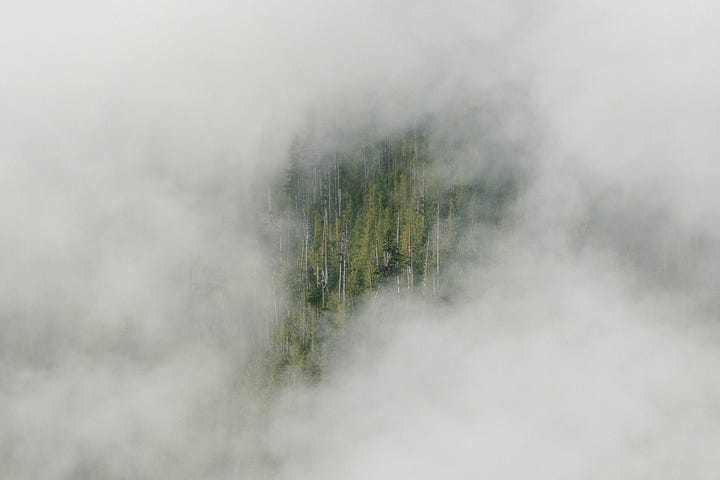
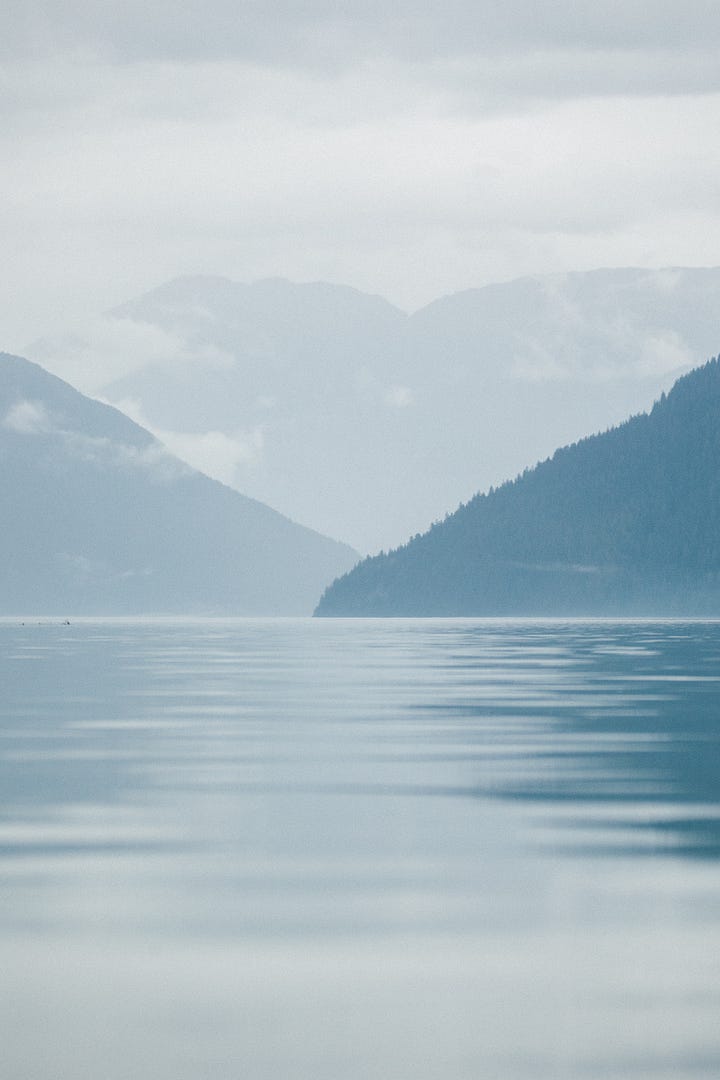
What does it feel like being there?
Consider the physical environment. What does it feel like to be standing there taking those photos? Is it the dry heat of a desert, the damp coolness of a rainforest, or the numbing cold of a frozen tundra? These feelings can be conveyed visually through textures, colours, and lighting.
Here, I wanted to focus on the dampness that was felt in the air.
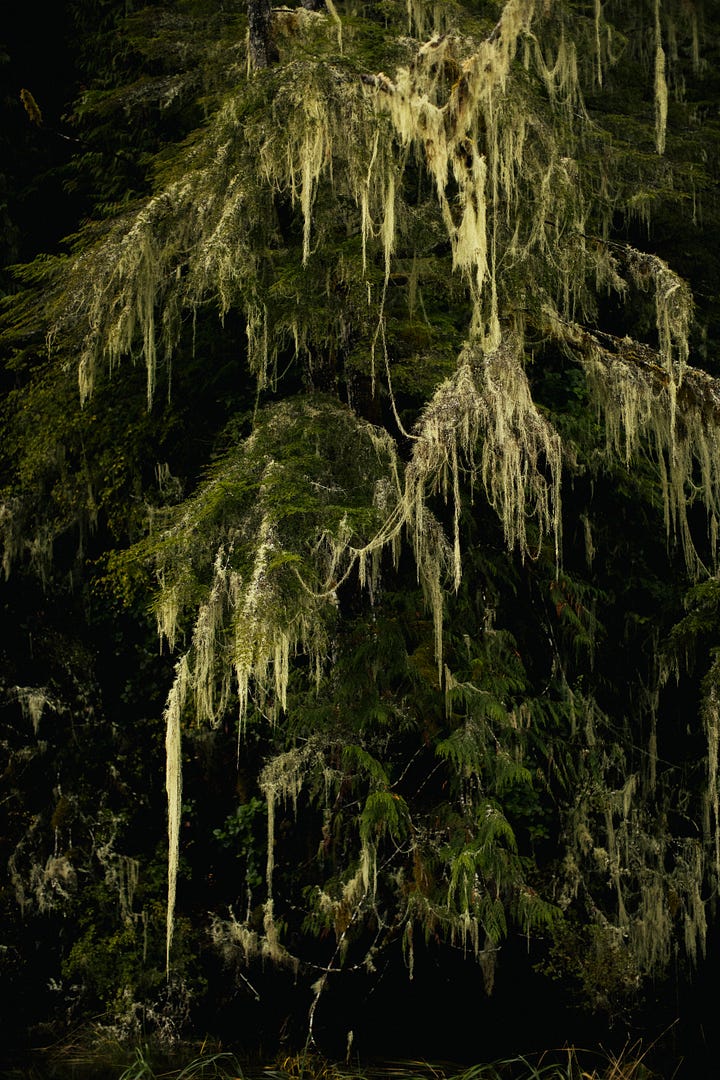

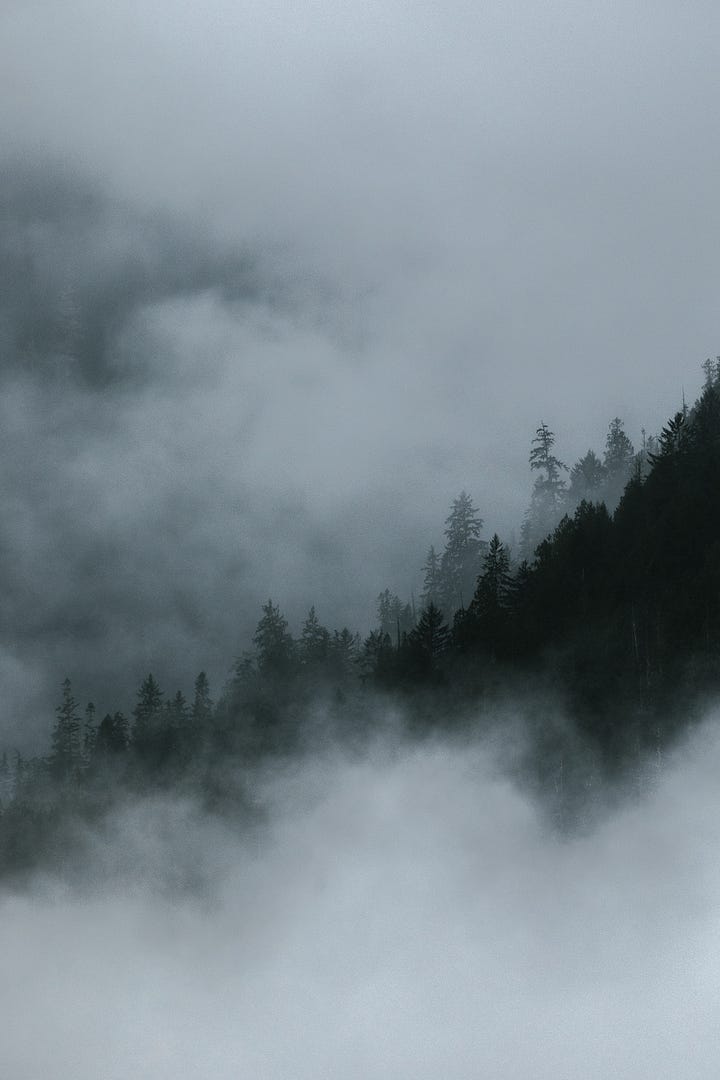

Subject(s) in their environment.
Referring back to the first B&W image I shared of the bear with the salmon in its mouth, that’s the hero image. What you’re capturing now are the supporting frames that help build character and tell a fuller story.
Focus on the intimate moments: close-ups, portraits, and action shots that reveal behaviour and emotion. But don’t forget the wide shots too! Especially with wildlife photography, I notice that it’s easy to get caught up in zooming in up close to the animal, but the wider context shows them in their natural habitat and adds depth to your narrative.
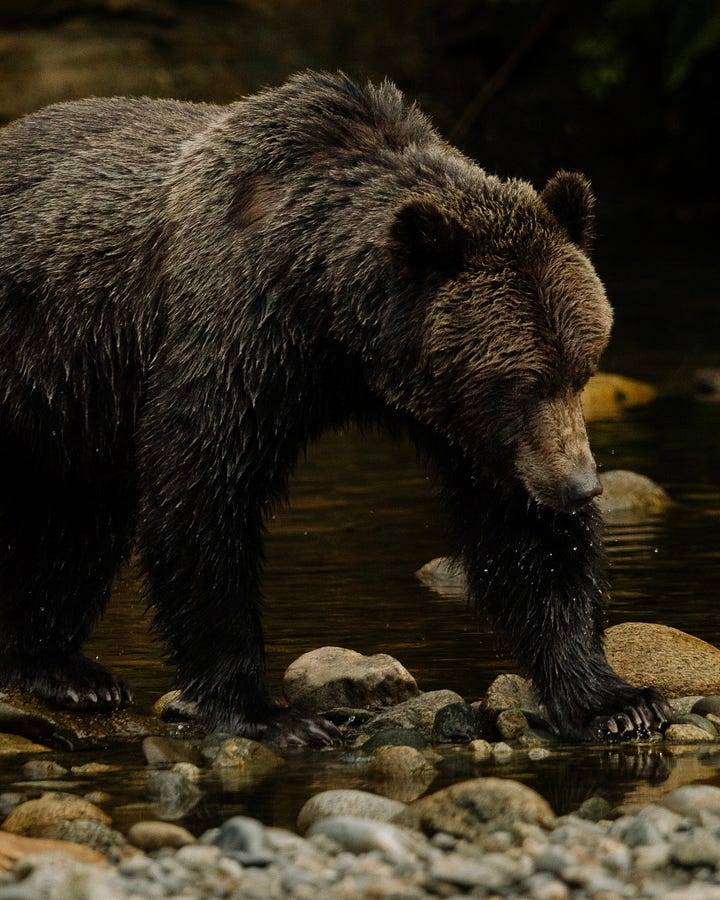
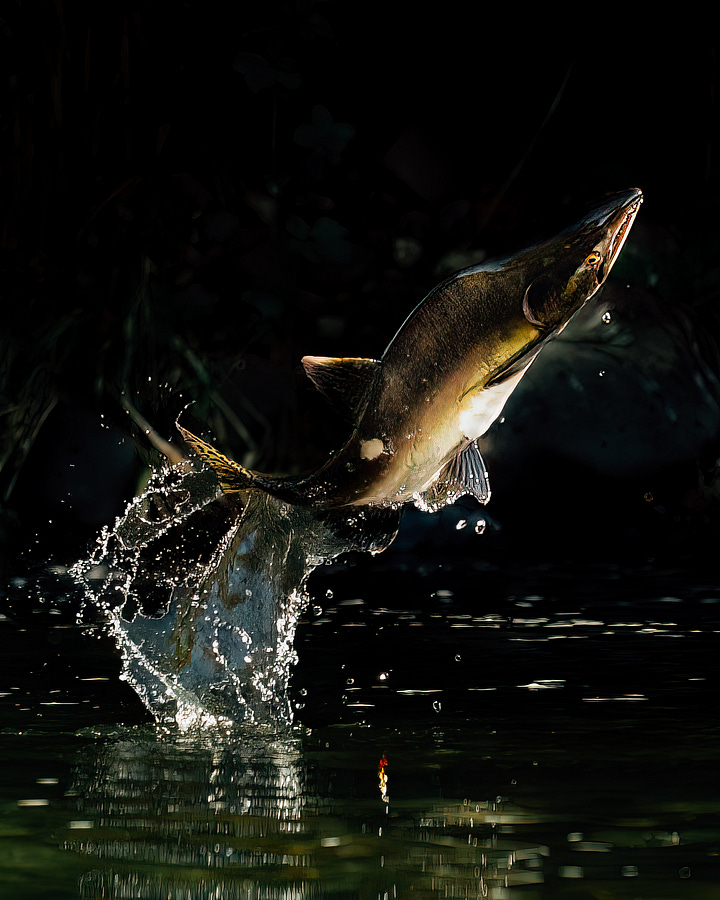
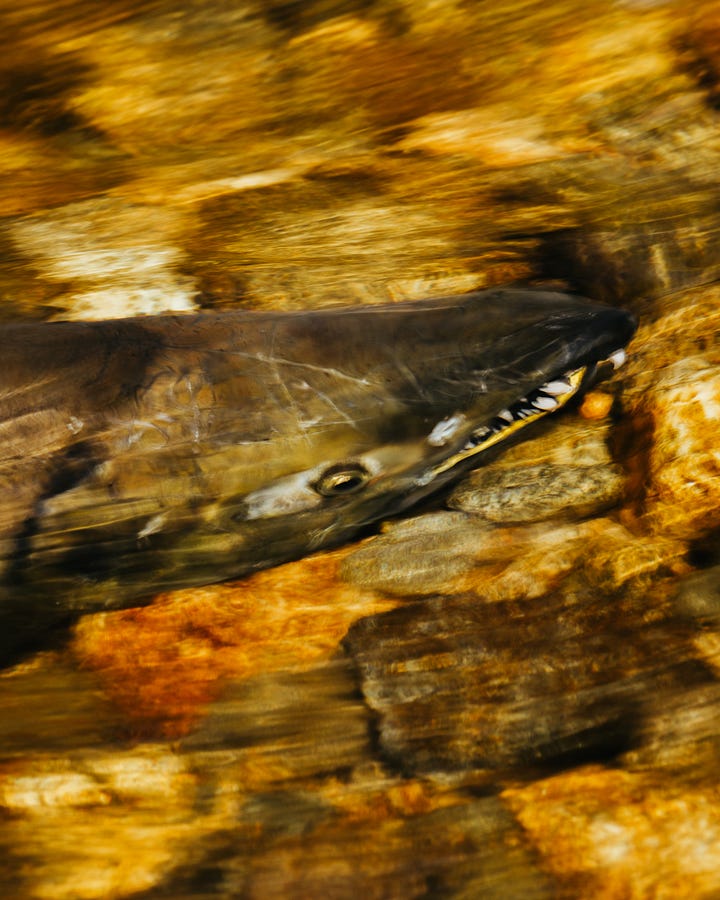

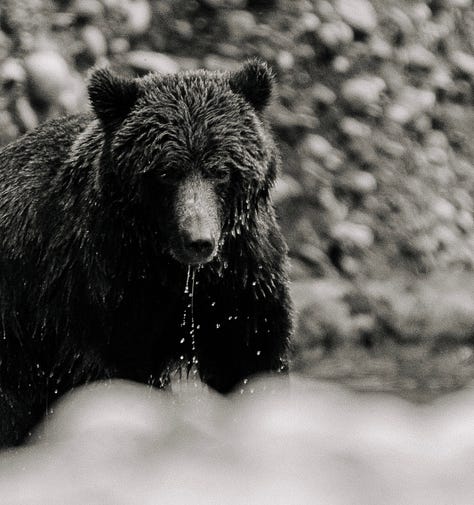

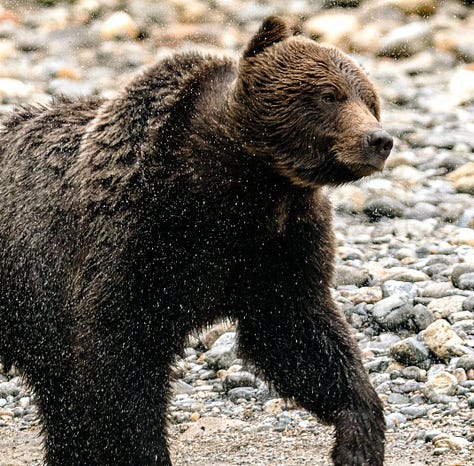
In my copy I mentioned “and we're on a journey to find grizzly bears”.
Who is we? In this case it’s our guides and some friends along for the adventure. Again, wide establishing shots, mid-range frames, and tight portraits to showcase who I am on the journey with and what we are doing.
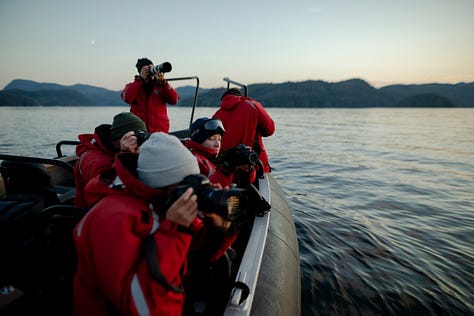
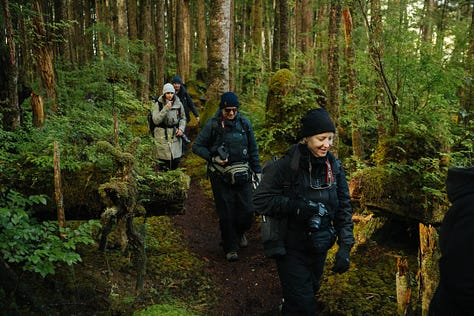
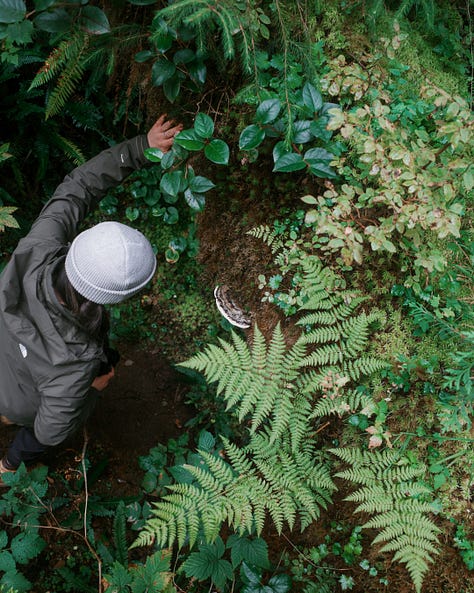

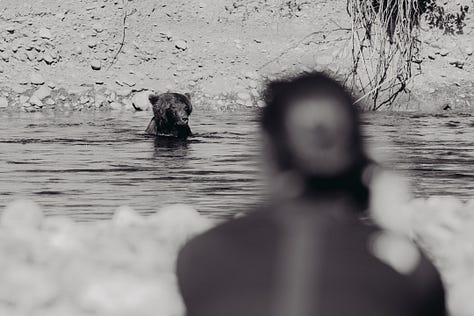

The Small Details.
You have captured the landscape, the subject(s) and what it feels like to be in that environment, now lets zoom in all the way to the macro. Each small detail helps to paint a more vivid overall picture. It tells more of the story that often goes unnoticed, unless you’re looking for it. These scenes help draw the viewer deeper into your story adding to that sense of place.
In a single step, especially in the Great Bear Rainforest, you might be treading on thousands of different organisms such as: mosses, lichens, fungi, bacteria, invertebrates, and more. The forest floor here is a dense, multilayered ecosystem, full of life. The decaying salmon that get brought into the forest and wash up along the shores play a large role in its health. These images help to convey that.
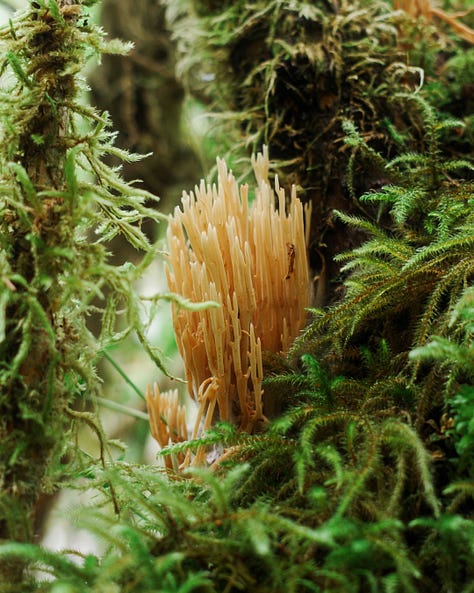
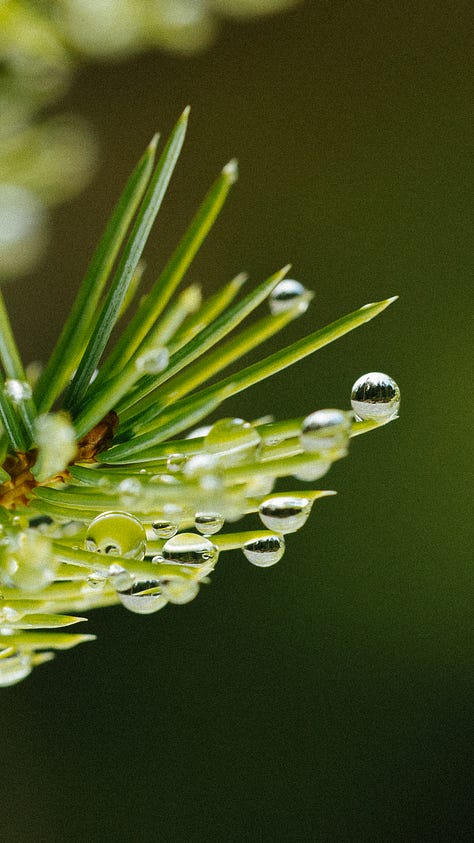

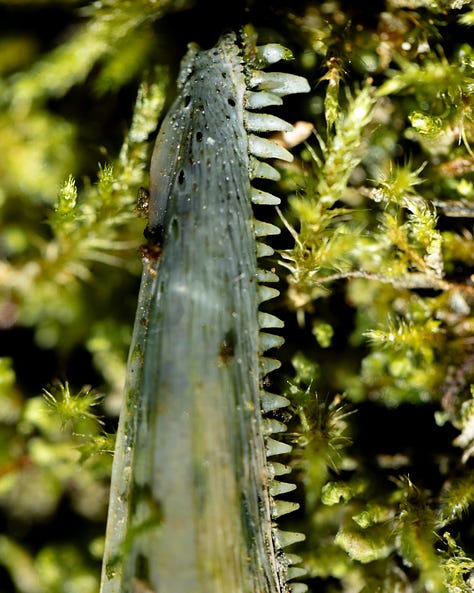

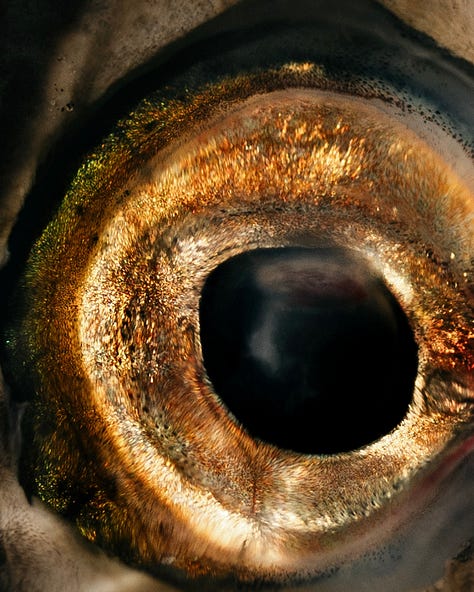

That’s pretty much it! After you’ve captured and curated all of those different types of shots, your photo set will come together to tell a more cohesive and compelling story.
Keep in mind, the images I’ve shared here have been captured over several years. Building a portfolio like this takes time and intention. Let that be a reminder and another lesson: don’t expect immediate results. Instead, invest in personal projects close to home, ones that you can revisit often and tell a deeper story over time.
I really hope that this post helps you out, I’d love to hear from you and get your feedback! Shoot me a message or leave a comment below. If you’re interested in diving deeper into how I approach photography and storytelling, I offer personalized online mentoring and group workshops.





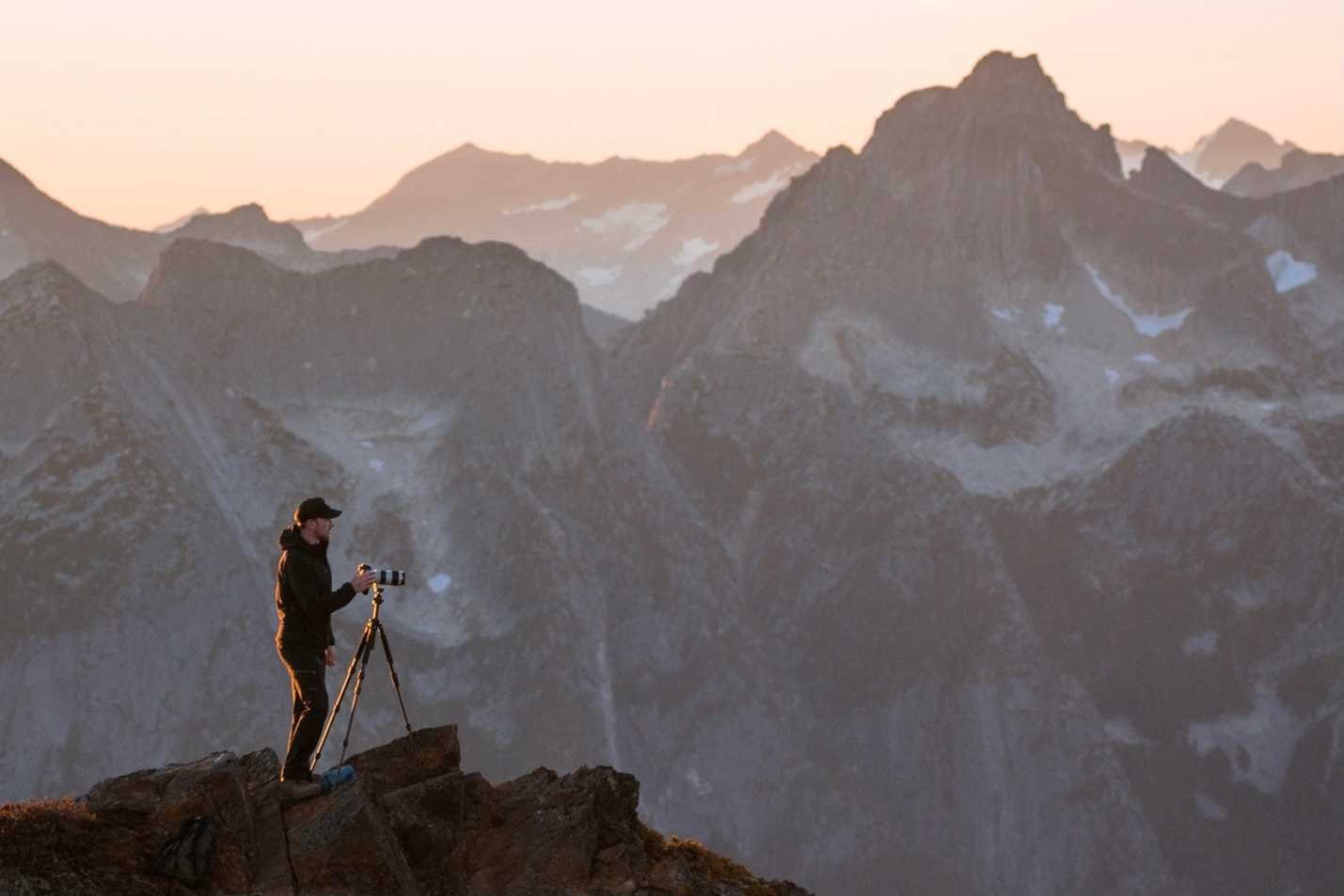
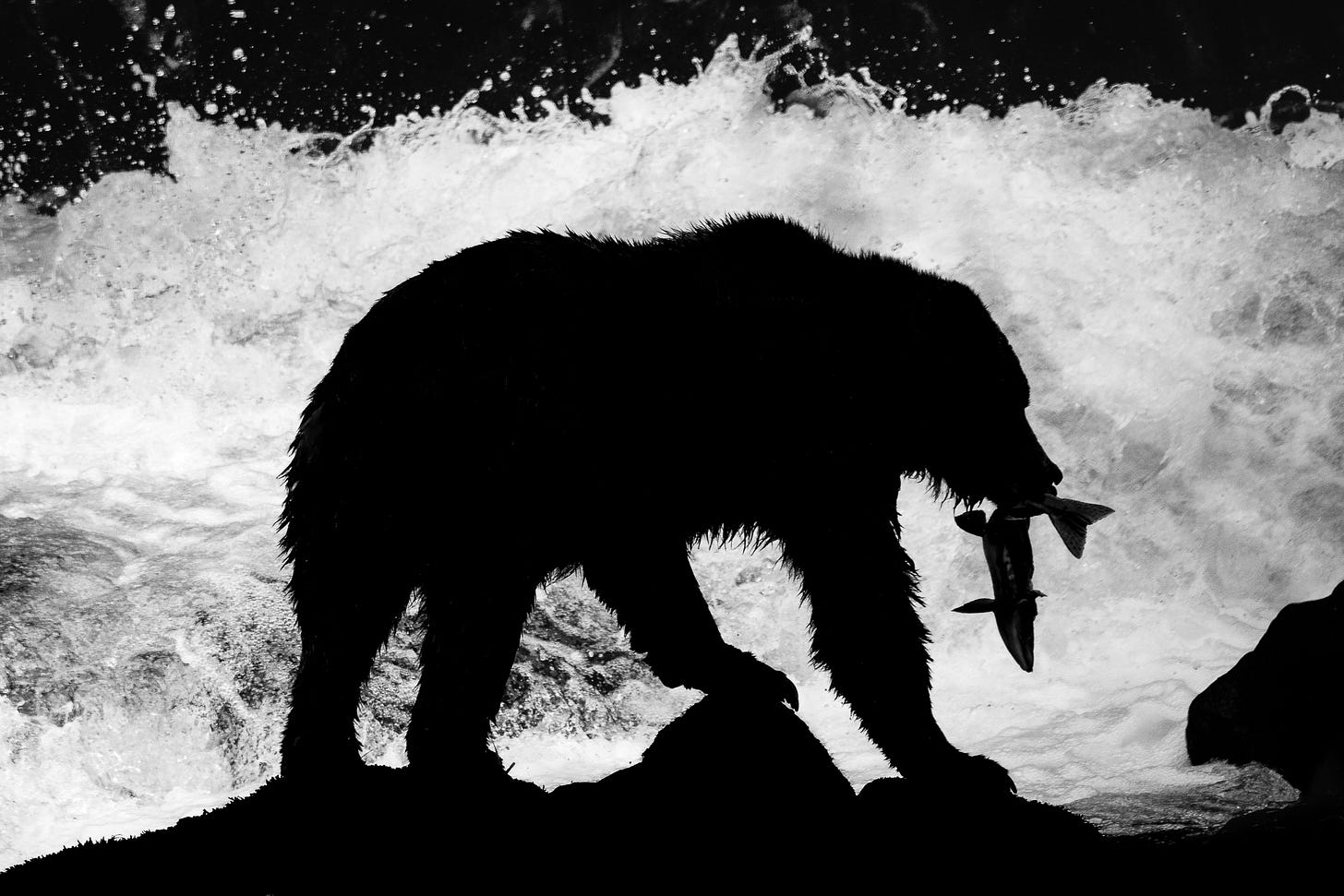
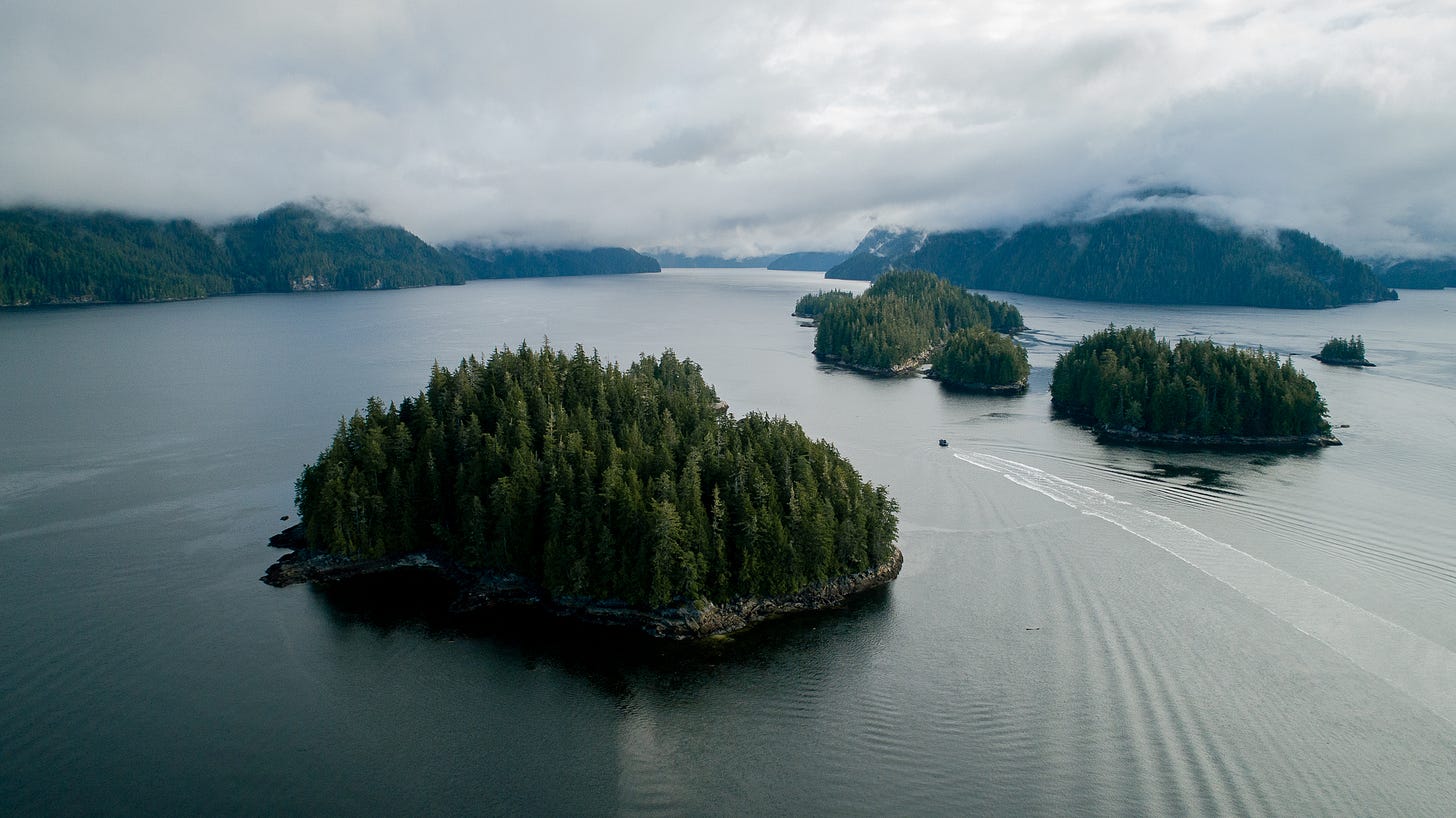
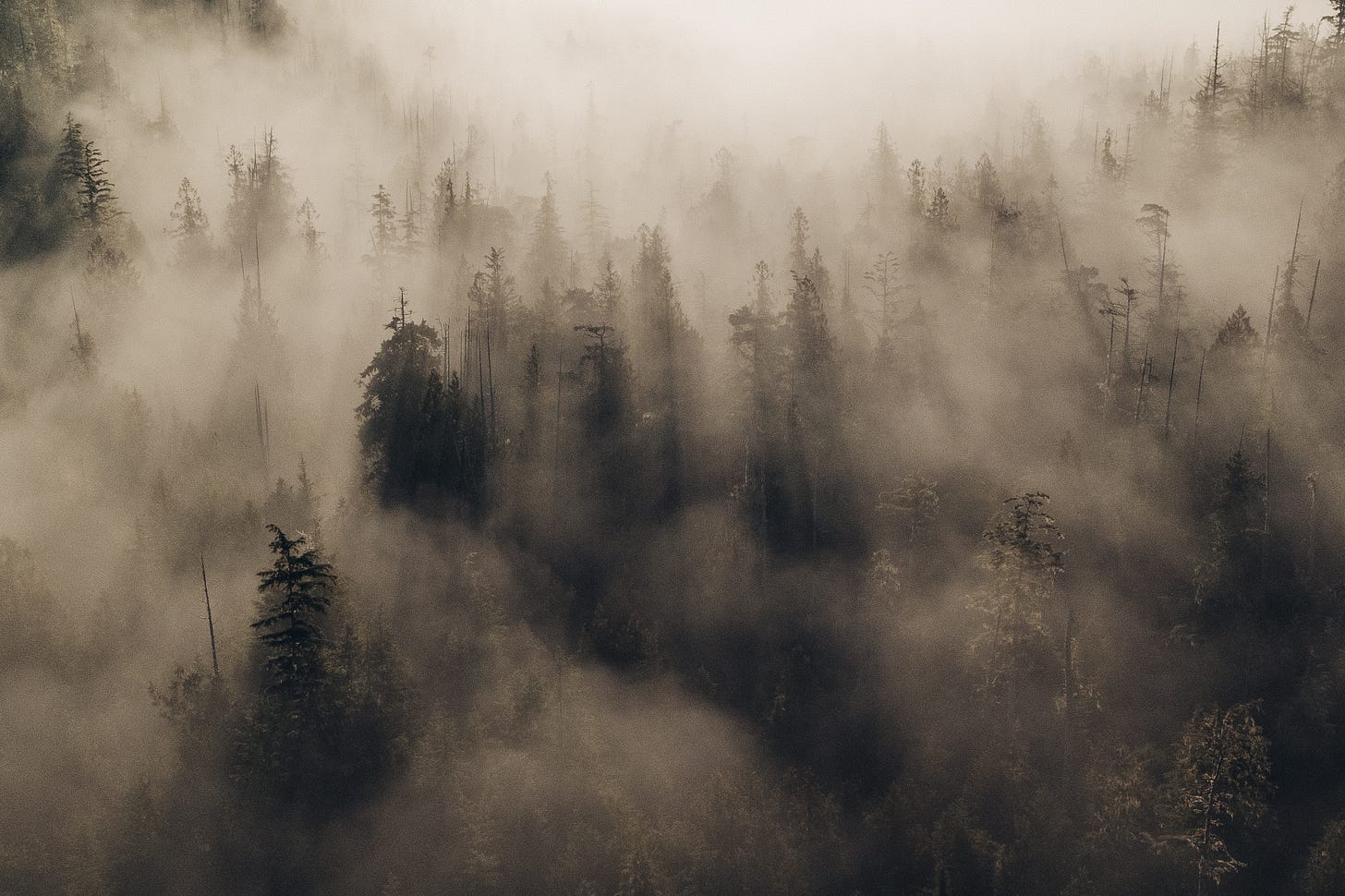
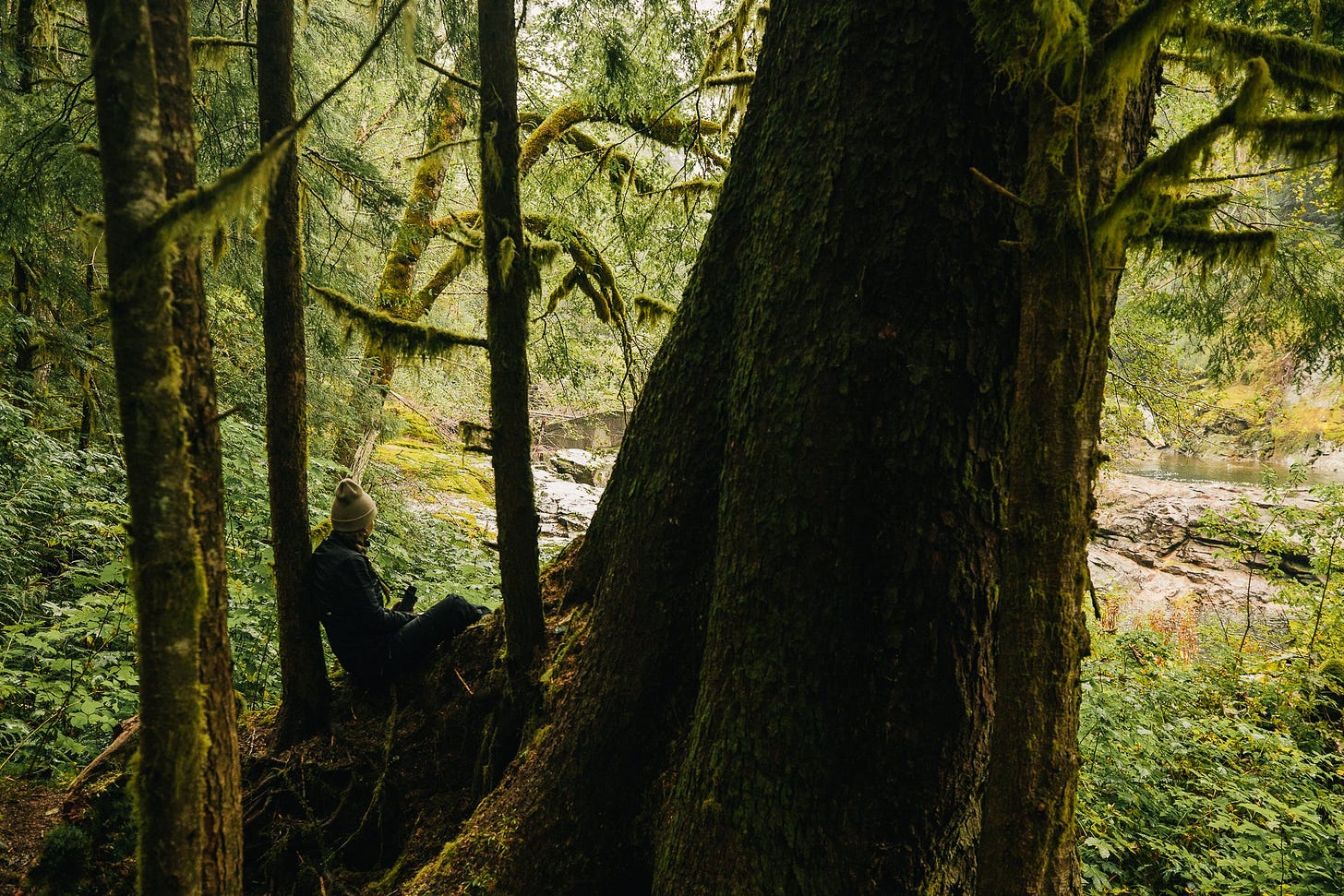

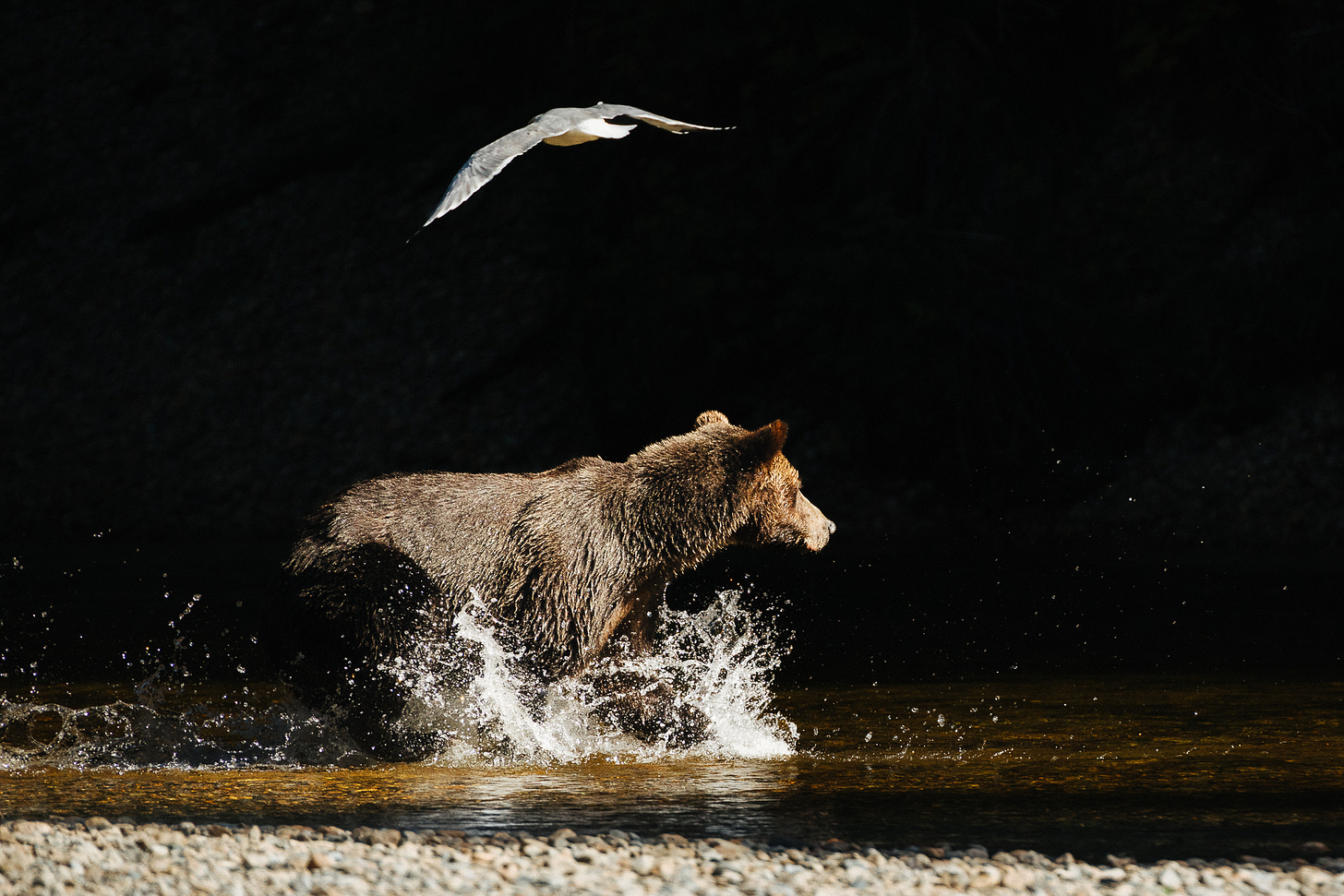
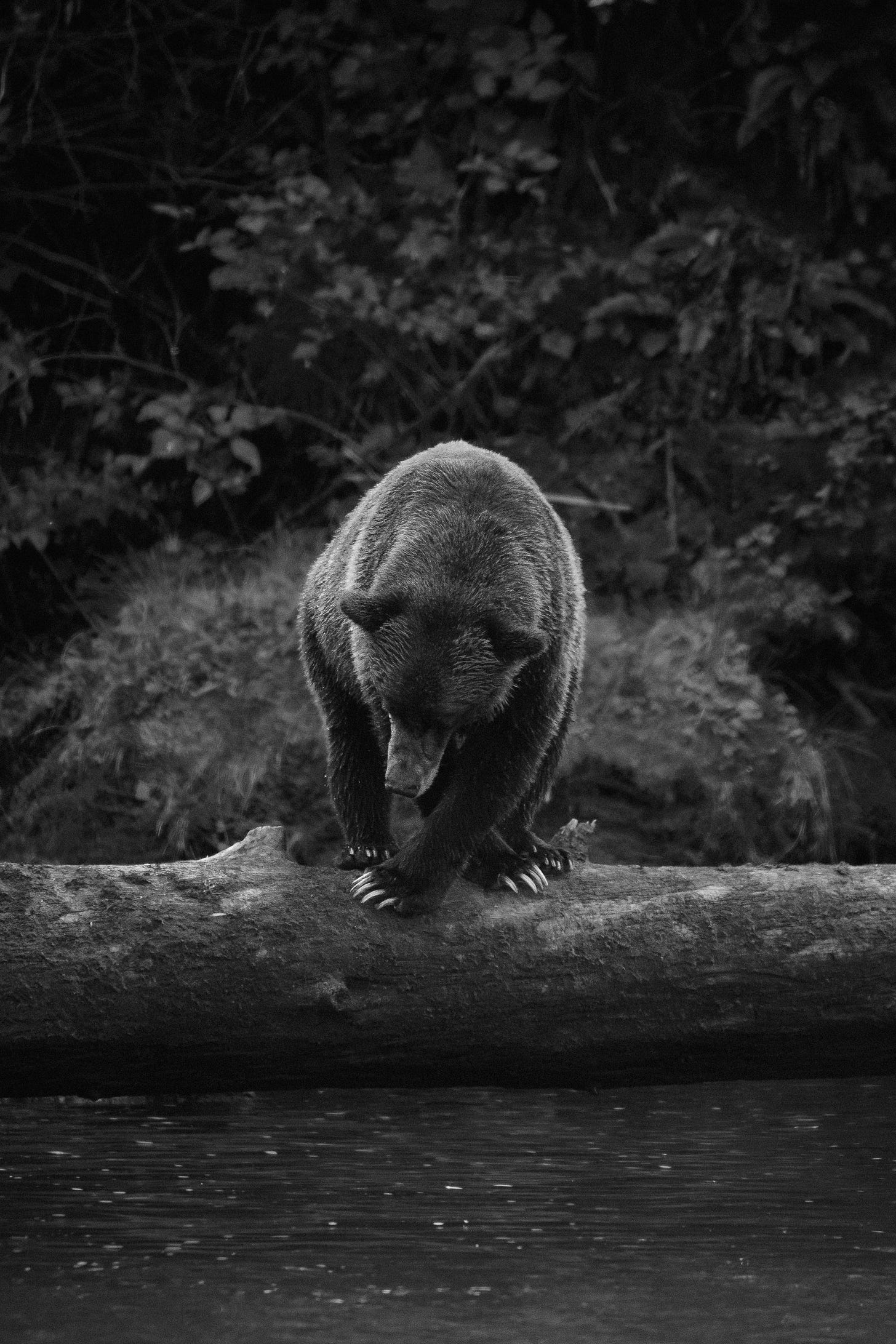

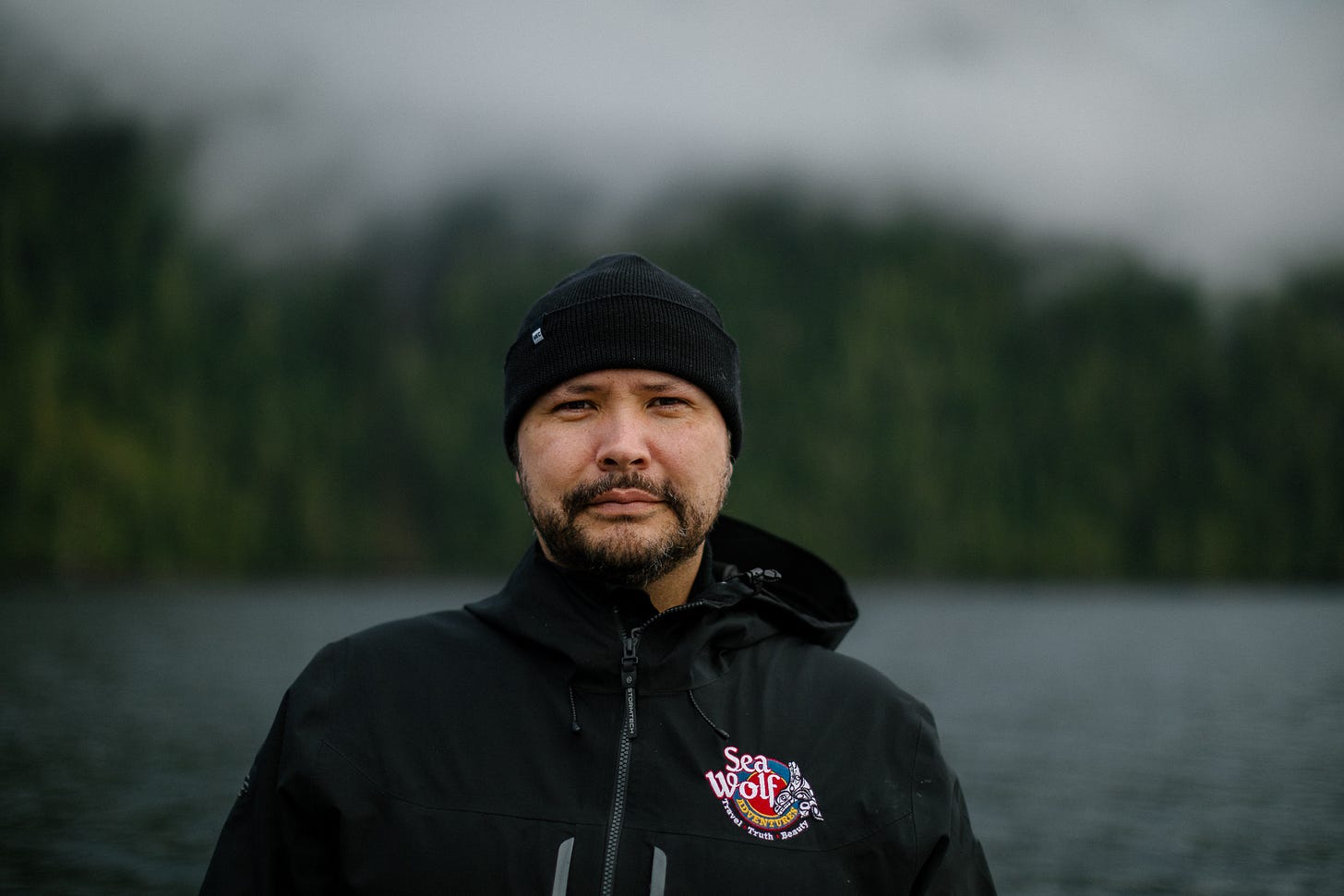

Chasing grizzly bears! You brave man. Live this read, my number one priority this year has been better storytelling so it’s really useful to see how other people think about it
Beautiful stuff man. Love seeing your work!